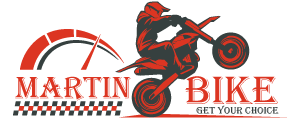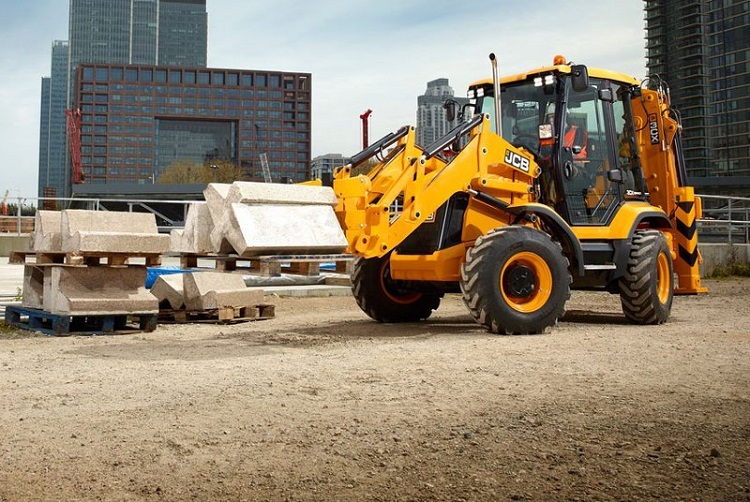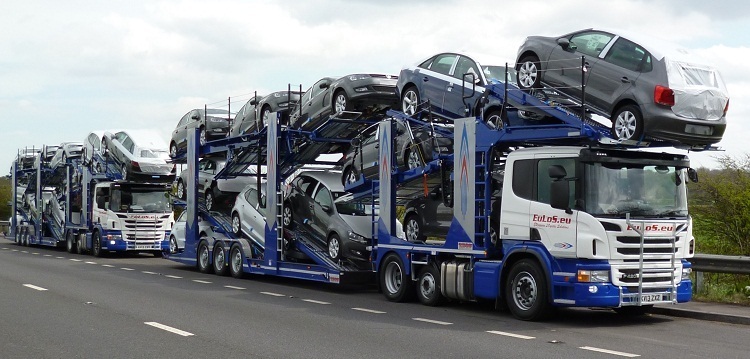Each year over 20,000 people are injured in the workplace as a result of incidents involving fork lift trucks. Of these people, almost 100 die as a consequence of their injuries. Many of these accidents could have been avoided if proper training was provided. Here is a look at how important it is for operators to have good training.
Health and Safety
The Health and Safety Commission has issued a guide to safe operation of fork lift trucks, called ‘Rider-Operated Lift Trucks: Operator Training’ – this forms part of its Approved Code of Practice (ACOP) and sets out the minimum legal standards which people should have before they can be allowed to drive fork lifts. While there is no legal requirement for drivers to hold a licence to operate a lift truck, employers have a responsibility to ensure that anyone driving one is trained to the standards set out in the ACOP.
Training
Fork lift truck driver training should include the following three areas:
- Basic training, during which drivers should learn the basic knowledge and skills to enable them to drive a fork lift truck safely and with maximum efficiency.
- Specific training: training for a specific job enables drivers to understand the requirements of a particular model of truck and how it will be deployed in the workplace.
- Familiarisationtraining: this simply means putting into action what’s been learned previously, while drivers are in their place of work.
Both basic and specific training can be combined into one training session and can take place away from the workplace. Familiarisation, as its name suggests, needs to be undertaken at the place of work and must be supervised at every step.
Elements covered in basic training courses must include: an awareness of the responsibilities held by fork lift operators, both to themselves and other people in respect of Health and Safety; the ability to identify the basic components of the machine and its functions, including any attachments; a thorough knowledge of the controls and instruments; how to safely use the forks; load identification and procedures for stacking and instacking; an appreciation of those factors which can endanger the operator or others; manoeuvring the fork lift safely in a variety of conditions and on differing surfaces as well as parking: the ability to use safety features when required; maintenance and inspection; and dealing with an emergency situation, if one arises.
Specific job training builds on what’s been learned during basic training and can be integrated or combined with it but focuses on the needs of the particular driver in their specific workplace. It highlights the importance of understanding the individual machine which will be used and the loads to be carried; how to inspect and service the truck; using the truck in site-specific conditions such as tight gangways, confined areas, slopes and automatic doors, as well as ‘traffic’ regulations such as one-way systems.
While Health and Safety can sometimes be the subject of mockery, it serves a vital purpose – to protect people from harm. If you’re an employer or an employee who regularly deals with fork lift trucks, it’s in everyone’s best interest to get the finest training you can. It may save lives in the future.









